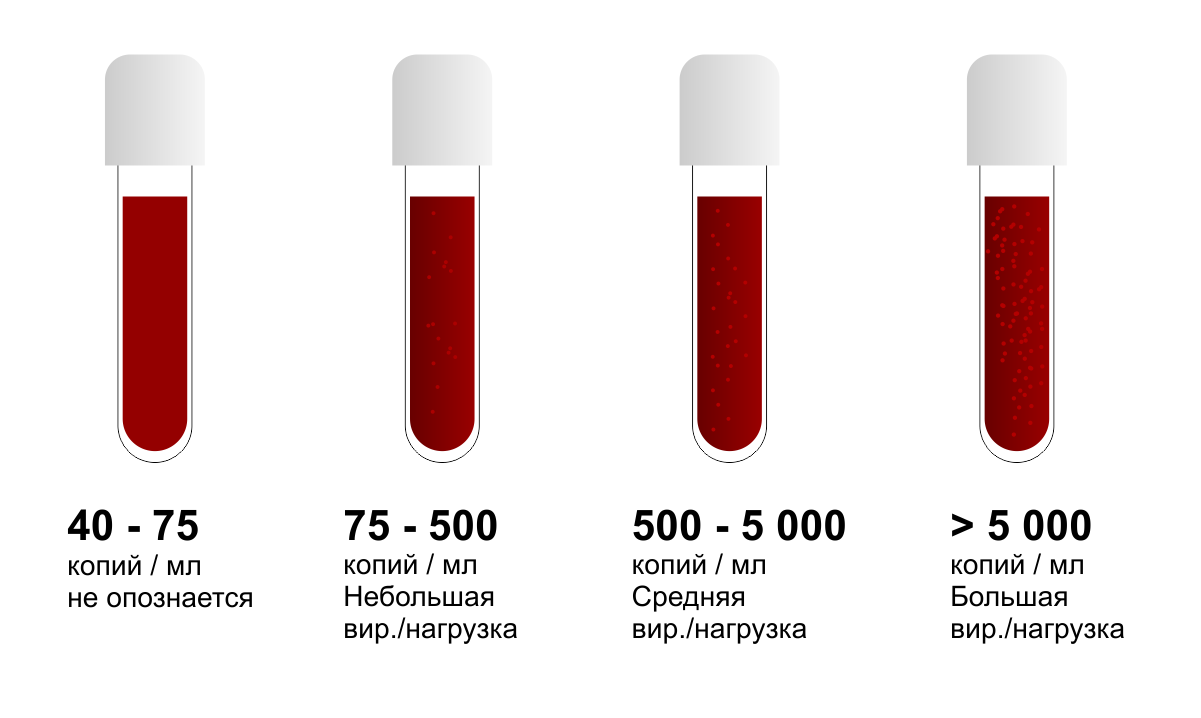Cpi Blood Test: C-Reactive Protein (CRP) Test and Procalcitonin Test Explained
What is a CRP blood test? What is a procalcitonin test? How do they diagnose bacterial infections and sepsis? Get the facts about these important medical tests.
Understanding the CRP Blood Test
The C-Reactive Protein (CRP) test is a blood test that measures the level of CRP in your blood. CRP is a protein that your liver produces when there is inflammation in your body. High levels of CRP can indicate that you have a bacterial infection, viral infection, or other inflammatory condition.
A CRP test is often used to help diagnose or monitor the following conditions:
- Bacterial infections
- Viral infections
- Rheumatoid arthritis
- Lupus
- Inflammatory bowel disease
- Certain cancers
Generally, the higher your CRP level, the more inflammation is present in your body. Your healthcare provider will interpret your CRP results along with your symptoms and other test results to determine the cause of your inflammation.
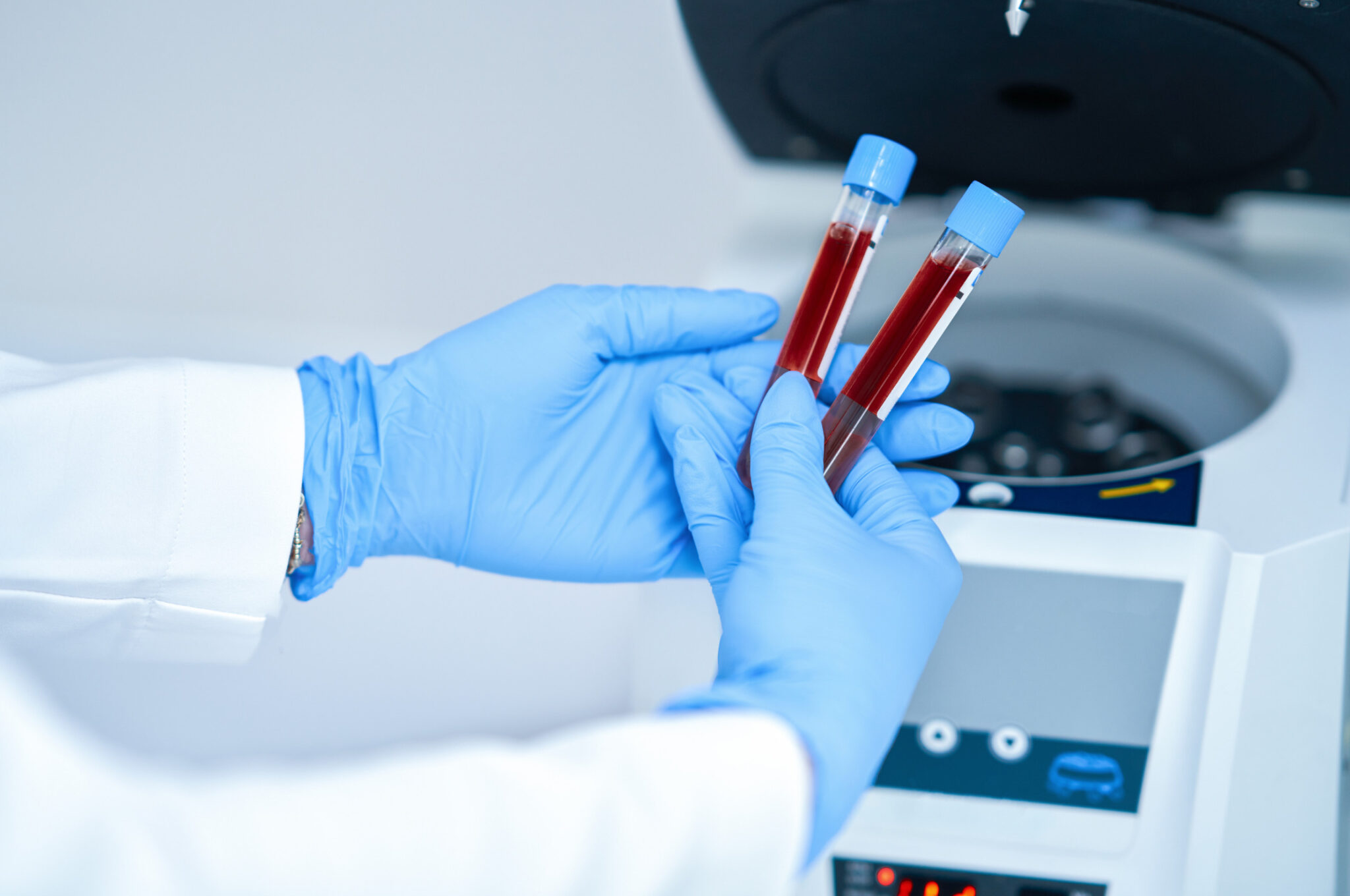
What is a Procalcitonin Test?
A procalcitonin test measures the level of procalcitonin in your blood. Procalcitonin is a protein that is normally present in the body at very low levels. However, if you have a serious bacterial infection, your body will release more procalcitonin into your bloodstream.
A high level of procalcitonin can be a sign of:
- Sepsis, which is a potentially life-threatening condition caused by your body’s extreme response to an infection
- A serious systemic (whole-body) bacterial infection
Unlike the CRP test, the procalcitonin test is more specific for bacterial infections. It can help your healthcare provider determine whether your infection is caused by bacteria or a virus, which is important for guiding treatment.
How are CRP and Procalcitonin Tests Used?
Both the CRP and procalcitonin tests are often used in hospital settings to help diagnose and monitor serious infections and sepsis. Some key uses of these tests include:
- Diagnosing bacterial infections: The procalcitonin test, in particular, can help distinguish between bacterial and viral infections.
- Assessing the risk of sepsis: High levels of procalcitonin indicate a higher risk of developing severe sepsis or septic shock.
- Guiding treatment decisions: The test results can help healthcare providers determine whether antibiotics are needed and monitor the effectiveness of treatment.
- Diagnosing kidney infections in children: Procalcitonin levels can be used to diagnose kidney infections in children with urinary tract infections.
Understanding Test Results
For the CRP test, normal levels are generally below 10 mg/L. Higher levels indicate inflammation, but the exact interpretation depends on your symptoms and other test results.

For the procalcitonin test, normal levels are typically less than 0.5 ng/mL. Levels above 0.5 ng/mL may indicate a bacterial infection, and levels above 2 ng/mL suggest a higher risk of sepsis. The higher the procalcitonin level, the more serious the infection is likely to be.
Preparing for the Tests
Neither the CRP nor procalcitonin test requires any special preparation. The blood sample will be taken from a vein in your arm, and the process usually takes less than 5 minutes.
There is very little risk to having these blood tests. You may experience minor pain or bruising at the site where the needle was inserted, but these symptoms typically go away quickly.
Interpreting the Results
If your CRP or procalcitonin levels are elevated, it does not necessarily mean you have a serious infection. Your healthcare provider will interpret the results along with your symptoms and other test findings to determine the underlying cause.
Decreasing procalcitonin levels during treatment for a bacterial infection can indicate that the treatment is working. However, these tests alone cannot identify the specific type of bacteria causing the infection.

In summary, the CRP and procalcitonin tests are important tools for helping healthcare providers diagnose and monitor serious infections and sepsis. By understanding these tests and their results, you can work with your provider to get the right treatment and avoid more severe illness.
Procalcitonin Test: MedlinePlus Medical Test
What is a Procalcitonin Test?
A procalcitonin test measures the level of procalcitonin in your blood. Normally, you have very low levels of procalcitonin in your blood. But if you have a serious bacterial infection, the cells in many parts of your body will release procalcitonin into your bloodstream. A high level of procalcitonin in your blood may be a sign of a serious infection or sepsis.
Sepsis (also called septicemia) is your immune system’s extreme response to an infection, usually from bacteria. Sepsis happens when an infection you already have spreads into your bloodstream and triggers a chain reaction throughout your body. It causes inflammation and blood clots. Without quick treatment, sepsis can rapidly lead to tissue damage, organ failure, or even death.
Infections that lead to sepsis most often start in your lungs, urinary tract, skin, or digestive system. A procalcitonin test can help your health care provider diagnose if you have sepsis from a bacterial infection or if you have a high risk of developing sepsis. This may help you get the right treatment quickly before your condition worsens.
This may help you get the right treatment quickly before your condition worsens.
Other names: PCT test
What is it used for?
A procalcitonin test is mostly used if you are seriously ill and your provider thinks you may have a systemic infection (an infection that affects your entire body). The test helps find out whether bacteria or a virus is causing your infection. For example, a procalcitonin test can help tell the difference between bacterial and viral pneumonia. This matters because antibiotics may help bacterial infections, but not viral infections.
The test may be used to help:
- Diagnose or rule out a bacterial infection and/or sepsis
- Find out how serious a sepsis infection may be
- Make treatment decisions
- Monitor how well treatment is working
- Diagnose kidney infections in children with urinary tract infections
This test is usually used in the hospital for very sick people who are in the emergency room or have already been admitted to the hospital.
Why do I need a procalcitonin test?
You may need this test if you have symptoms of sepsis or a serious bacterial infection that could become sepsis. Symptoms of sepsis include:
- Fever or chills
- Clammy or sweaty skin
- Confusion
- Extreme pain
- Rapid heartbeat
- Shortness of breath
- Low blood pressure
Sepsis is a medical emergency. If your or your loved one has an infection that’s not getting better or is getting worse, get medical help right away.
What happens during a procalcitonin test?
A health care professional will take a blood sample from a vein in your arm, using a small needle. After the needle is inserted, a small amount of blood will be collected into a test tube or vial. You may feel a little sting when the needle goes in or out. This usually takes less than five minutes.
Will I need to do anything to prepare for the test?
You don’t need any special preparation for a procalcitonin test.
Are there any risks to the test?
There is very little risk to having a blood test. You may have slight pain or bruising at the spot where the needle was put in, but most symptoms go away quickly.
What do the results mean?
High procalcitonin levels mean that you:
- Most likely have sepsis
- May have a high risk of developing severe sepsis and septic shock, a life-threatening condition when your organs don’t get enough blood to work properly
- May have a serious systemic bacterial infection that increases your risk for sepsis
The higher your procalcitonin levels, the higher your risk for sepsis and septic shock.
Moderate to mildly high levels of procalcitonin may be sign of:
- The earlier stages of a systemic bacterial infection
- Kidney infection, in children only
- Conditions other than infections, such as tissue damage from trauma, serious burns, recent surgery, severe heart attack
Slightly high levels of procalcitonin mean that you are unlikely to develop sepsis, but they may be a sign of:
- A local bacterial infection, such as a urinary tract infection
- An infection from another cause, such as a virus
- A systemic bacterial infection that is just beginning
If you are being treated for a bacterial infection, decreasing or low procalcitonin levels mean that your treatment is working.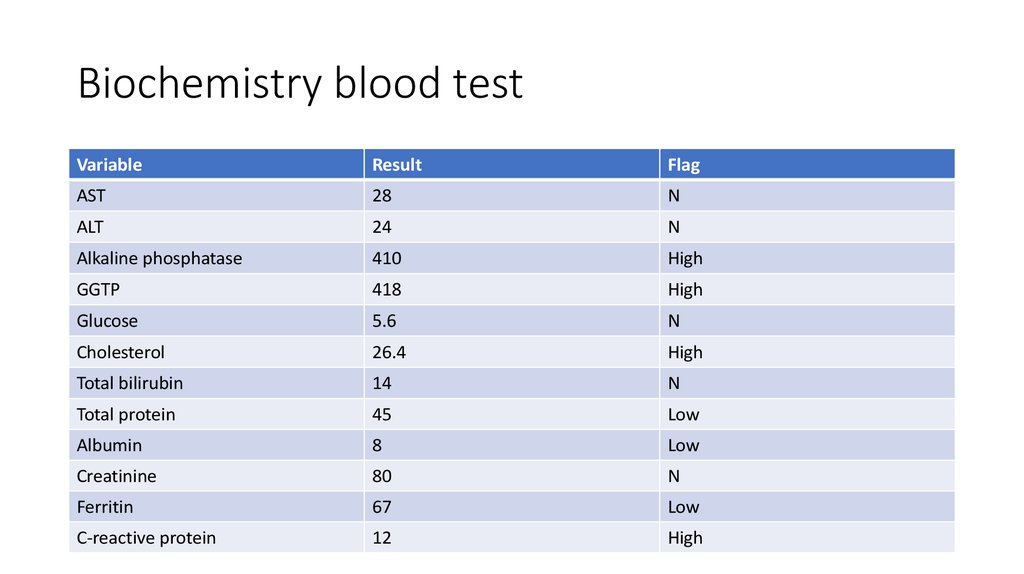
Learn more about laboratory tests, reference ranges, and understanding results.
Is there anything else I need to know about a procalcitonin test?
A procalcitonin test won’t show what type of bacteria is causing an infection. To make a full diagnosis, your provider will likely order other tests. But a procalcitonin test does give you important information about your risk for sepsis, so you can start treatment sooner, if needed, and avoid more serious illness.
References
- AACC [Internet] Washington D.C.; American Association for Clinical Chemistry; c2022. Do We Need Procalcitonin for Sepsis?; 2015 Feb [cited 2022 Apr 19]; [about 2 screens]. Available from: https://www.aacc.org/publications/cln/articles/2015/february/procalcitonin-for-sepsis
- Balci C, Sungurtekin H, Gürses E, Sungurtekin U, Kaptanoğlu, B. Usefulness of procalcitonin for diagnosis of sepsis in the intensive care unit. Crit Care [Internet]. 2002 Oct 30 [cited 2022 Apr 19]; 7(1):85–90.
 Available from: https://ccforum.biomedcentral.com/articles/10.1186/cc1843
Available from: https://ccforum.biomedcentral.com/articles/10.1186/cc1843 - Centers for Disease Control and Prevention [Internet]. Atlanta: U.S. Department of Health and Human Services; Sepsis; [updated 2021 Aug 19; cited 2022 Apr 19]; [about 1 screen]. Available from: https://www.cdc.gov/sepsis/basic/index.html
- Children’s Minnesota [Internet]. Minneapolis (MN): Children’s Minnesota; c2022. Chemistry: Procalcitonin; [updated 2020 Dec 7; cited 2022 Apr 19]; [about 4 screens]. Available from: https://www.childrensmn.org/references/lab/chemistry/procalcitonin.pdf
- Cleland DA, Eranki AP. Procalcitonin. [Updated 2021 Aug 11; cited 2022 Apr 21]. In: StatPearls [Internet]. Treasure Island (FL): StatPearls Publishing; 2022 Jan-. Available from: https://www.ncbi.nlm.nih.gov/books/NBK539794/
- LabCorp [Internet]. Burlington (NC): Laboratory Corporation of America; c2022. Procalcitonin; [cited 2022 Apr 19]; [about 7 screens]. Available from: https://www.labcorp.com/test-menu/33581/procalcitonin
- Mayo Clinic: Mayo Medical Laboratories [Internet].
 Mayo Foundation for Medical Education and Research; c1995–2022. Test ID: PCT: Procalcitonin, Serum; [cited 2022 Apr 19]; [about 3 screens].Available from: https://www.mayocliniclabs.com/test-catalog/overview/83169#Clinical-and-Interpretive
Mayo Foundation for Medical Education and Research; c1995–2022. Test ID: PCT: Procalcitonin, Serum; [cited 2022 Apr 19]; [about 3 screens].Available from: https://www.mayocliniclabs.com/test-catalog/overview/83169#Clinical-and-Interpretive - Meisner M. Update on Procalcitonin Measurements. Ann Lab Med [Internet]. 2014 Jul [cited 2022 Apr 19]; 34(4): 263–273. Available from: https://www.ncbi.nlm.nih.gov/pmc/articles/PMC4071182
- Merck Manual Professional Version [Internet]. Kenilworth (NJ): Merck & Co. Inc.; c2022. Sepsis and Septic Shock; [reviewed 2021 Sep; cited 2022 Apr 19]; [about 5 screens]. Available from: https://www.merckmanuals.com/home/infections/bacteremia,-sepsis,-and-septic-shock/sepsis-and-septic-shock
- Merck Manual Professional Version [Internet]. Kenilworth (NJ): Merck & Co. Inc.; c2022. Sepsis and Septic Shock; [reviewed 2021 Sep; cited 2022 Apr 19]; [about 8 screens]. Available from: https://www.merckmanuals.com/professional/critical-care-medicine/sepsis-and-septic-shock/sepsis-and-septic-shock
- National Heart, Lung, and Blood Institute [Internet].
 Bethesda (MD): U.S. Department of Health and Human Services; Blood Tests; [updated 2022 Mar 24; cited 2022 Apr 19]; [about 7 screens]. Available from: https://www.nhlbi.nih.gov/health/blood-tests
Bethesda (MD): U.S. Department of Health and Human Services; Blood Tests; [updated 2022 Mar 24; cited 2022 Apr 19]; [about 7 screens]. Available from: https://www.nhlbi.nih.gov/health/blood-tests - Samsudin I, Vasikaran SD. Clinical Utility and Measurement of Procalcitonin. Clin Biochem Rev [Internet]. 2017 Apr [cited 2022 Apr 21];38(2):59-68. PMID: 29332972; PMCID: PMC5759088.
- Testing.com [Internet]. Seattle (WA): OneCare Media; c2022. Procalcitonin; [modified 2020 Dec 21; cited 2022 Apr 19]; [about 9 screens]. Available from: https://www.testing.com/tests/procalcitonin/
C Reactive Protein (CRP Blood Test)
Test Quick Guide
The C-reactive protein (CRP) test measures the amount of CRP in your blood. A type of protein that is associated with inflammation in the body, CRP is measured using a small blood sample drawn from a vein in your arm.
Your doctor might order a CRP test if you have symptoms of inflammation. Doctors also use CRP levels to guide treatment of a bacterial infection or to monitor inflammatory processes that occur in some autoimmune diseases.
About the Test
Purpose of the test
Doctors measure CRP because it is a marker of inflammation, which is part of the body’s fight against illness or injury. Your doctor might order a CRP test to:
- Check for infection if you have symptoms of inflammation such as fever, chills, redness or flushing, nausea, vomiting, rapid breathing, and/or rapid heart rate.
- Guide treatment of sepsis, a life-threatening complication where the body’s response to a bacterial infection triggers inflammation throughout the body.
- Monitor flare-ups of a chronic inflammatory autoimmune disease such as lupus or rheumatoid arthritis.
- Assess the treatment of a chronic inflammatory condition.
What does the test measure?
The test measures the amount of CRP in your blood. CRP levels can reflect the presence and severity of inflammation in your body.
CRP is a protein produced by the liver.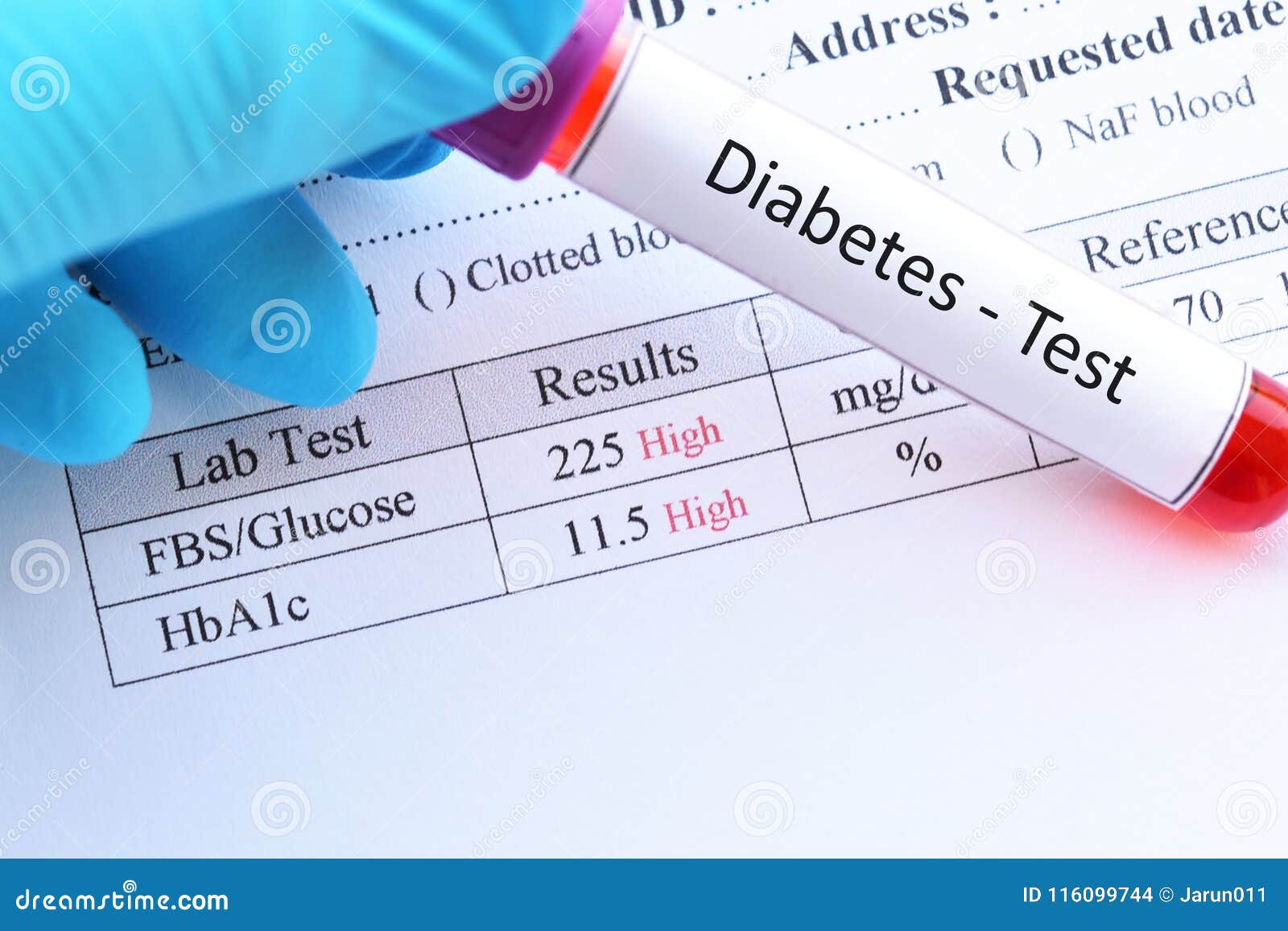 When bacteria or other cellular invaders threaten the body, the liver releases CRP into the bloodstream to help organize the body’s defenses. This early response is called an acute phase response. It is also referred to as inflammation or aninflammatory response. The acute phase response also can occur in chronic conditions, including some autoimmune diseases.
When bacteria or other cellular invaders threaten the body, the liver releases CRP into the bloodstream to help organize the body’s defenses. This early response is called an acute phase response. It is also referred to as inflammation or aninflammatory response. The acute phase response also can occur in chronic conditions, including some autoimmune diseases.
As an early responder, CRP is technically known as a positive acute phase reactant. Its level, measured from a blood sample, gives your doctor information about the presence of inflammation and how serious it is. However, CRP levels do not tell the doctor where in your body the inflammation is located or what is causing it.
High-sensitivity CRP (hs-CRP) testing is a different form of testing that identifies very low concentrations of CRP. Although both tests measure CRP, hs-CRP is considered a separate test with distinct uses.
When should I get a CRP?
CRP testing, which might be casually referred to as inflammation testing, is done primarily to detect or monitor health conditions that are associated with inflammation. For example, a CRP test may be recommended if you have signs and symptoms of:
For example, a CRP test may be recommended if you have signs and symptoms of:
- Bacterial or viral infection
- Symptoms such as fever(s)
- Autoimmune disease, including rheumatoid arthritis and lupus
- Minor inflammation
There are no strict guidelines for when CRP testing is prescribed, so it is important to consult with your health care provider to determine if a CRP test or test for inflammation is appropriate in your situation.
Finding a CRP
How can I get a C-Reactive Protein test?
CRP testing is typically performed only after being prescribed by a doctor or other health professional.
After your doctor orders a CRP test, which is usually a blood test for inflammation, the blood sample can be drawn at a hospital (including your bedside) or clinic laboratory. In some cases, the sample might be collected at your doctor’s office. The measurement of CRP takes place in a laboratory.
Can I take the test at home?
Options are available for at-home CRP testing. For most of these at-home inflammation tests, you collect a blood sample at home and then mail it to a laboratory where it can be analyzed.
For most of these at-home inflammation tests, you collect a blood sample at home and then mail it to a laboratory where it can be analyzed.
The blood sample for at-home CRP tests is taken from your fingertip using a very small needle called a lancet. You then apply a drop of blood to a special test paper that is processed by the lab. Results are usually provided through a secure website or smartphone app.
At-home CRP tests can be purchased without a prescription, but it is generally best to consult with your doctor before taking an at-home CRP test. Your doctor can discuss the appropriateness of testing and help interpret any test results.
How much does the test cost?
Many factors contribute to the cost of a CRP test, including the test materials, the fee for the phlebotomist who draws your blood, the laboratory’s fee for analyzing the sample, and your doctor’s office fee.
Your insurance coverage will determine your out-of-pocket cost. Insurance generally covers CRP testing, but depending on your policy, you might owe a deductible or a copay. If you are in doubt, check with your insurance provider.
If you are in doubt, check with your insurance provider.
If you are uninsured, then discuss the cost with your doctor, the hospital, or laboratory administrator. Some health care institutions have financial advocacy offices that can assist you with concerns about cost. Typically, you can use your FSA or HSA to pay for testing.
Taking a CRP
CRP is measured from a blood sample that comes from a vein. A small amount of blood will be drawn from your arm. It usually takes place in a hospital or clinic laboratory, but the blood draw can also be done in a doctor’s office or at the bedside in a hospital. The blood draw takes only a few minutes.
Before the test
Your doctor’s office may review your medications before the test. Some medications, including nonsteroidal anti-inflammatory drugs and statins, can impact CRP levels. Magnesium supplements also can affect your CRP level. For this reason, tell your doctor about any medications or supplements you take and ask whether you should adjust your medications before the test.
If you are taking an at-home CRP test, follow the directions in the test kit step-by-step to collect the sample correctly using a lancet. You do not need to fast for a CRP test.
During the test
A phlebotomist will take a blood sample from a vein in your arm. They will place a rubber tourniquet around your upper arm and ask you to pump your fist a few times so that the vein can be located. The technician will cleanse that area of your arm with an alcohol wipe and when the skin is dry, insert a needle and draw out a vial of blood.
There may be a brief pinching sensation when the needle is inserted. The phlebotomist will then remove the tourniquet, withdraw the needle, briefly apply pressure to the site, and place a bandage over it.
Taking a CRP test at home also takes just a few minutes. Test kit instructions may vary, so be sure to carefully read all the instructions on how to obtain your blood sample.
After the test
Providing a blood sample is a routine, low-risk procedure. There may be slight pain or bruising at the injection site, but these symptoms disappear quickly. You will be able to get on with your day and normal activities when you leave the laboratory.
There may be slight pain or bruising at the injection site, but these symptoms disappear quickly. You will be able to get on with your day and normal activities when you leave the laboratory.
Very rarely, there may be more serious effects such as light-headedness or infection.
These complications are very unlikely, but if you notice any ongoing effects after your test, make sure to contact your doctor.
CRP Results
Receiving test results
The results of your CRP test should be available within a business day or two depending on where the test is performed. You may receive the results via electronic communication or directly from your doctor’s office.
Interpreting test results
Your test result is the level of CRP in your blood. Depending on the laboratory’s standards, the result is expressed in milligrams per deciliter (mg/dL) or milligrams per liter (mg/L). The report might indicate that the level is high, low, or normal.
Although “normal” CRP levels vary from lab to lab, it is generally accepted that a value of 0.8-1.0 mg/dL (or 8-10 mg/L) or lower is normal. Most healthy adults have CRP levels lower than 0.3 mg/dL.
A minor elevation in CRP level—generally 0.3 to 1.0 mg/dL—does not necessarily mean you have an illness that requires treatment. CRP levels may be higher in females, patients on hormone replacement therapy, and those with high body mass index. Mildly elevated CRP can be associated with insomnia and depression. Your doctor will consider these factors when interpreting your CRP test result.
A CRP level higher than 1.0 mg/dL usually suggests that there is inflammation in your body, but it does not identify the cause or the location of that inflammation. Very high levels of CRP can be associated with various types of infections, autoimmune diseases, some cancers, and conditions affecting the lungs or pancreas. If your CRP level is in this range, your doctor may order additional tests before making a diagnosis.
Because of variations in laboratory methods and reference ranges, it is best to consult with your physician for clarity about your results.
Abnormal levels of CRP indicate your body is experiencing inflammation, which can be caused by so many different things from a minor infection to more serious autoimmune conditions or heart disease. Your symptoms and reason for seeking treatment, along with your doctor’s assessment of the potential root of your inflammation issues will dictate next steps.
Always speak with your doctor to help you interpret your results and discuss if follow-up testing or consultation is needed. Some questions you can ask your physician about your CRP test include:
- Were my CRP levels within the reference range? If not, how big of a concern is it?
- Is a minor increase in CRP something to worry about? What might be the cause?
- Is there anything I can do on my own to bring down my CRP level?
- Do you recommend additional testing? If so, what should I expect from that process?
- hs-CRP Test (C-Reactive Protein High-Sensitivity)
Learn More - ESR Blood Test (Erythrocyte Sedimentation Rate)
Learn More
Resources
- National Library of Medicine: Autoimmune Diseases
- National Center for Biotechnology Information: What Is an inflammation?
- National Institute of Arthritis and Musculoskeletal and Skin Diseases: Autoimmune Diseases
- National Institute of Environmental Health Sciences: Inflammation
- Veterans Health Administration: Eating to Reduce Inflammation
Sources
See More
See Less
Take Control of Your Health
This website uses cookies to ensure you get the best experience on our website.
I Accept
CPI February 2023
CPI February 2023
CPI
February 2023
February 2023 to compared to January 2023 consumer price index amounted to 100.46%, compared to December 2022 – 101.30% (in February 2022 – 101.17%, compared to December 2021 – 102.17%).
Consumer price indices
percent
9007 1
108.94
9 04531) Excluding statistical information on the Donetsk People’s Republic, Lugansk People’s Republic, Zaporozhye and Kherson regions.
2) Including alcoholic beverages.
9 0003 | February 20231) to | Jan- Feb | February 2022 to | |||||
January | December | February 9 0043 2022 | January | December | February | |||
CPI | 100. | 900 02 101.30 | 110.99 | 111.38 | 101.17 | 102.17 | 109.15 | |
including: | 900 36 | |||||||
goods | 100.37 | 101.15 | 110.26 | 110.70 9003 6 | 101.18 | 102.26 | 110.28 | 110.14 |
food products 0002 102.12 | 109.33 | 109.74 | 101.56 | 103.02 | 111.46 | 111.28 | ||
food products | 99.97 | 100. | 110.12 | 110.66 | 100.96 | 101.71 900 03 | 110.86 | 110.67 |
Fruit and vehicle | 106.69 | 118.83 | 103.44 | .95 | 9000 9000 9000 9000 9 2 105.66 | 112, 62 | 116.05 | 116.01 |
goods | 99.92 | 100.13 | 111.22 | 111.70 | 100.78 | 101.4 6 | 108.96 | 108.84 |
services | 100.72 | 101.74 | 113.01 | 113.24 900 03 | 101.13 | 101.90 | 106.10 | 105.74 |
Core consumer price index | 100. | 100.43 | 112.69 | 113.20 | 101, 04 | 101.87 | 109.74 | 109.49 |
Growth in consumer prices by 0.6% or more was recorded in 28 constituent entities of the Russian Federation. To the greatest extent in the Republic of Kalmykia (by 1.2%) due to the rise in food prices – by 2.4%.
In Moscow, prices increased by 0.5% over the month, in St. Petersburg – by 0.3% (since the beginning of the year – the increase in prices amounted to 1.4% and 1.3%, respectively).
Price indices for individual groups and types
food products
percent
9007 1pasta
9007 1
117.33
90 071 fish and seafood
food
900 54
February 20231) to | January- February | January- | |||||||||||||
January | December | February | January | December | February | ||||||||||
Food | 100.87 9000 3 | 102.29 | 109.57 | 110.00 | 101.66 | 103.22 | 112.61 9000 3 | 112.45 | |||||||
of which: bread and bakery | 101.01 | 101.83 | 111, 24 9 | 98.18 | 9 5.98 | 102.12 | 103.63 | 101.09 | 102.47 | 118.06 | 117. | ||||
99.07 | 98.64 | 108.29 | 109.76 | 101.76 | 104.42 | 117.15 | |||||||||
meat and poultry | 99.38 | 99.26 | 103.33 | 103.63 | 99.95 | 99.94 | 114.66 | 115.62 | |||||||
of which: chilled chickens | 98.58 | 98, 01 | 97.50 | 97.82 | 99, 22 | 97.82 | 116.27 | 119.38 | |||||||
100.19 | 100.40 | 112.16 | 112.58 | 100. | 102.0 of which 7 | 111.19 | 111.14 : frozen fish | 100.40 | 100.89 | 109.83 | 109.57 | 99.92 | 100.65 | 105.64 | 106.45 |
0071 100.17 | 100.33 | 111.73 | 112.82 | 102.14 | 103.48 | 112.78 | 900 02 111.82 | ||||||||
butter | 991 02.63 | 104.50 | 116.58 | 115, sunflower oil | 99.36 | 99.01 | 104.18 | 104.52 | 100.00 | 99 98 | 108.32 | 108.43 | |||
eggs 02 102.56 | 102. | 98.73 | 97.39 | 99.78 | 96.74 | 110.12 | 111.46 | ||||||||
granulated sugar | 99.74 | 98.20 | 106.32 | 107.63 | 102.21 | 104.83 | 120.64 | 118.86 | |||||||
fruits and vegetables | 106.69 | 118.83 | 103.44 900 36 | 102.95 | 105.66 | 112.62 | 116.05 | 116.01 | |||||||
Alcoholic beverages | 100.68 | 107.34 | 107.66 | 100.69 | 101.43 | 103.29 | 102.98 | ||||||||
1) Excluding statistical information on the Donetsk People’s Republic, Luhansk People’s Republic, Zaporozhye and Kherson regions . | |||||||||||||||
In February, the rise in prices for fruits and vegetables had a significant impact on the dynamics of food prices. Thus, prices for onions increased by 34.2%, tomatoes – by 15.2%, grapes – by 13.7%, bananas – by 11.5%, pears – by 7.5%, cucumbers – by 7, 1%, carrots – by 6.8%. Prices for lemons decreased by 4.9%, mushrooms – by 1.5%, nuts – by 0.5%.
Prices for onion in 3 subjects of the Russian Federation increased by 1.5-10.0%, in 7 subjects – by 10.1-20.0%, in 73 subjects – by 20.1-71.5%. In the Chukotka Autonomous Okrug, prices for onion did not change, in the Magadan Region they decreased by 0.7%.
Prices for tomatoes in 16 subjects of the Russian Federation increased by 1.1-10.0%, in 48 subjects – by 10.1-20.0%, in 19 subjects – by 20.1-35.8%. In the Trans-Baikal Territory and the Sakhalin Region, tomato prices fell by 1.2% and 0.9%, respectively.
Prices for cucumbers in 37 subjects of the Russian Federation increased by 0. 3-10.0%, in 14 subjects – by 10.1-20.0%, in 14 subjects – by 20.1-41.1%. In 20 constituent entities, prices for cucumbers decreased by 0.8-18.6%.
3-10.0%, in 14 subjects – by 10.1-20.0%, in 14 subjects – by 20.1-41.1%. In 20 constituent entities, prices for cucumbers decreased by 0.8-18.6%.
In addition, food prices increased: chicken eggs – by 2.6%, live and chilled fish – by 2.0%, chewing gum – by 1.8%, canned meat for baby food – by 1.7% , yogurt – by 0.9%.
At the same time, food prices fell: buckwheat – by 3.5%, semolina – by 2.6%, peas and beans – by 2.3%, wheat flour – by 2.2%, oatmeal and barley – by 2.0%, cocoa – by 1.6%, chilled and frozen chickens – by 1.4%, coffee – by 1.3%, Hercules oatmeal – by 1.2%, chicken legs – by 1.1%, pork (except for boneless meat), vermicelli, long leaf black and green tea – by 1.0%.
Prices for buckwheat in 26 subjects of the Russian Federation decreased by 0.6-3.0%, in 37 subjects – by 3.1-6.0%, in 17 subjects – by 6.1-14.8%. In the Republic of Mari El and the Nenets Autonomous Okrug, prices for buckwheat did not change. In the republics of Altai and Komi, as well as in the Sverdlovsk region, prices increased by 0. 7-4.3%.
7-4.3%.
Prices for wheat flour in 45 subjects of the Russian Federation decreased by 0.1-3.0%, in 19 subjects – by 3.1-6.0%, in 7 subjects – by 6.1-12.4%. In 4 subjects, prices for wheat flour did not change. In 10 regions, prices increased by 0.2-3.9%.
Price indices for certain groups
non-food products
in percent
9 00229007 1
101.56
90 071Motor gasoline
February 20231) to | January- February | Informative | ||||||
Jan- Feb | ||||||||
Jan | December | February | January | December | February | |||
fabrics ,22 | 110. | 110.65 | 100.24 | 100.48 | 102.59 | 102.65 | ||
Clothing and underwear | 100.00 | 100.00 | 107.44 90 036 | 107.60 | 100.31 | 100.46 | 103.63 | 103.54 |
Knitwear | 99.76 | 108.96 | 109.21 | 100.29 | 100.47 | 104.34 | 104.2 8 | |
Shoes | 105.94 | 106.11 | 100.10 | 99.79 9000 3 | 102.52 | 102.45 | ||
Washing and cleaning | 99.96 | 99.97 | 127.40 | 128.17 | 101. | 101.87 | 108, 59 | 108.21 |
Tobacco | 100.59 | 110.56 | 110.56 | 100, 61 | 101.27 | 116.67 | 117.31 | |
Electrical goods | 98.95 | 98.81 | 110.78 | 112.67 | 102.37 | 102.81 900 36 | 107.23 | 105.76 |
TV and radio products | 95.59 | 96.23 | 87.64 | 91.35 90 003 | 103.84 | 105.14 | 116.46 | 114.31 |
Building materials | 101. | 102.10 | 100.90 | 101.36 | 122.48 | 122.81 | ||
99.93 | 99.93 81 | 99.90 | 100.11 | 101.03 | 10 7.92 | 108.36 | ||
Medicines | 100.24 | 101.09 | 110.93 | 111.24 9003 6 | 100.79 | 100.95 | 104.57 | 104.41 |
1) Excluding statistical information on the Donetsk People’s Republic, Luhansk People’s Republic, Zaporozhye and Kherson regions. | ||||||||
In February, among non-food products, the prices of TV and radio goods fell the most – by 4.4%, of which TV sets – by 4.5%, USB flash drives – by 2.8%.
Among building materials, prices decreased: for chipboard, oriented strand board – by 2.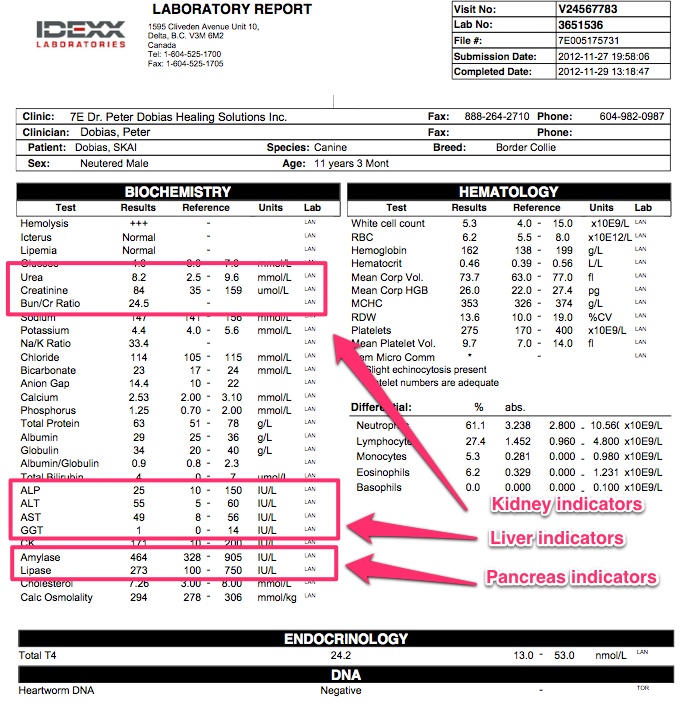 6%, edged boards – by 1.4%, laminate – by 0.7%, red brick – by 0.6%. At the same time, prices increased for oil paints, enamels, ceramic tiles, facing for interior work – by 0.3%, metal tiles and packed cement – by 0.2%, euroslate, drywall, window glass, roofing felt, vinyl wallpaper – by 0.1 %.
6%, edged boards – by 1.4%, laminate – by 0.7%, red brick – by 0.6%. At the same time, prices increased for oil paints, enamels, ceramic tiles, facing for interior work – by 0.3%, metal tiles and packed cement – by 0.2%, euroslate, drywall, window glass, roofing felt, vinyl wallpaper – by 0.1 %.
Prices for gas motor fuel decreased by 2.1%, diesel fuel – by 0.7%, motor gasoline – by 0.1%.
Of the observed goods included in the recommended list of non-food essentials, prices fell: baby diapers – by 0.9%, baby nipples (pacifiers), hand sanitizers – by 0.7%, washing powders – by 0.5% , feeding bottles – by 0.4%, disinfectants for surfaces, sanitary pads – by 0.1%. At the same time, prices increased: for matches – by 1.6%, toothpaste – by 0.8%, dry food for pets, laundry soap – by 0.6%, creams for children – by 0.5%, toothbrushes , toilet paper, paper table napkins – by 0.4%, sanitary masks – by 0.1%.
Among other non-food products, prices fell: smartphones, tablet computers, car tires, child car seats, electric vacuum cleaners, refrigerators, washing machines, electric kettles, mixers, blenders, microwave ovens, mattresses, cameras, smart watches, electric batteries, construction kits children, skates, art books, shaving foams, hand creams, certain types of clothing, shoes, knitwear – by 0.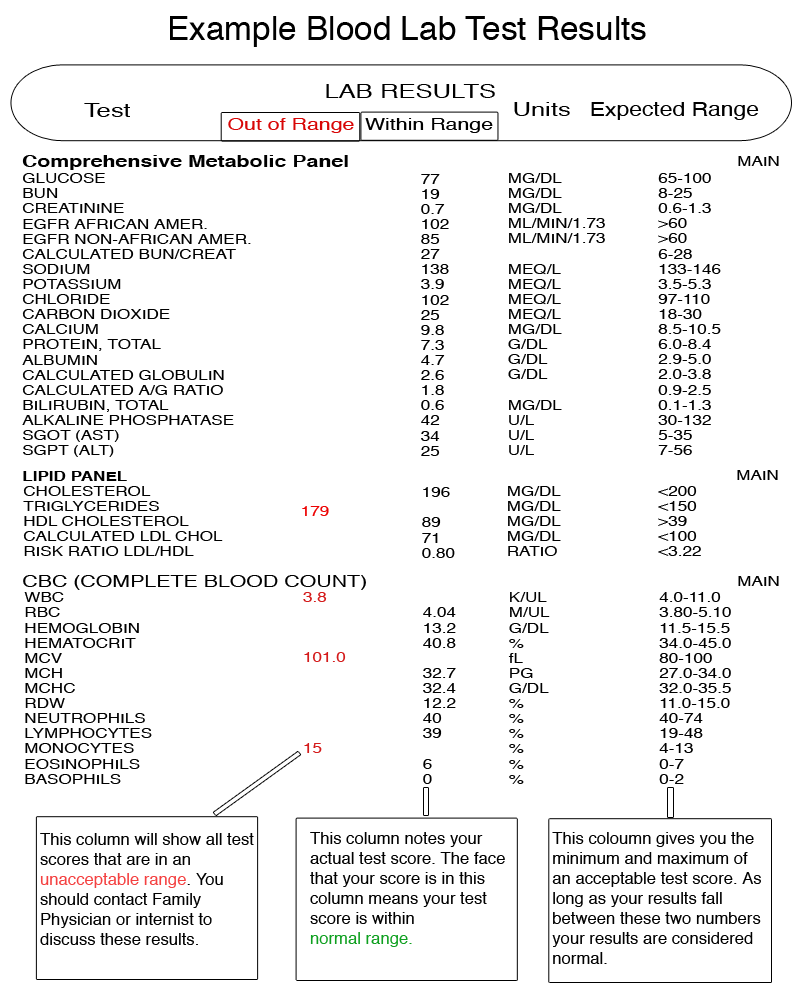 8-2.6%, desktop computer monitors, laptops, monoblocks, kitchen cabinets, beds for newborns , electric irons, energy-saving lamps, firewood, office paper, certain types of clothing, haberdashery, knitwear, perfumes and cosmetics – by 0.4-0.7%. At the same time, prices for freshly cut flowers increased by 5.0%, sewing machines – by 1.4%, jewelry, fixed telephones, coal, newspapers, sketchbooks, school notebooks, textbooks, teaching aids, didactic materials for general education. schools – by 0.8-1.2%.
8-2.6%, desktop computer monitors, laptops, monoblocks, kitchen cabinets, beds for newborns , electric irons, energy-saving lamps, firewood, office paper, certain types of clothing, haberdashery, knitwear, perfumes and cosmetics – by 0.4-0.7%. At the same time, prices for freshly cut flowers increased by 5.0%, sewing machines – by 1.4%, jewelry, fixed telephones, coal, newspapers, sketchbooks, school notebooks, textbooks, teaching aids, didactic materials for general education. schools – by 0.8-1.2%.
Prices for medicines related to vital and essential drugs (VED) increased on average by 0.3%, including for furosemide – by 3.7%, ibuprofen – by 1.5%, acetylsalicylic acid (domestic aspirin) – by 1.4%, ascorbic acid, omeprazole, drotaverine (No-shpu), sodium chloride, amoxicillin with clavulanic acid, oseltamivir (Nomides), colecalciferol (Vitamin D3) – by 0.7-1.3 %, glycine, eufillin, vinpocetine, pancreatin, bisoprolol, amlodipine, phosphogliv – by 0.1-0.6%. At the same time, prices decreased: for influenzaferon – by 1. 0%, suprastin – by 0.7%, hydrogen peroxide – by 0.6%, azithromycin – by 0.5%, smect, xarelto – by 0.4%.
0%, suprastin – by 0.7%, hydrogen peroxide – by 0.6%, azithromycin – by 0.5%, smect, xarelto – by 0.4%.
Non-VED drugs became more expensive on average by 0.2%, including sinupret – by 2.2%, naphazoline – by 1.9%, sulfacetamide – by 1.3%, allochol, activated coal, sodium metamizole (domestic analgin), multivitamins – by 0.8-1.1%, nimesulide, canephron H, iodine, validol, acipol, fluocinolone acetonide, miramistin, ketorol express – by 0.2-0.6%. At the same time prices decreased: for Essential forte H – by 1.1%, taurine – by 1.0%, mydocalm – by 0.9%, valerian extract, corvalol, magne B6 – by 0.8%.
Among medical goods and dressings, the prices for corrective glasses increased by 1.0%, electronic devices for measuring arterial pressure, domestic cotton wool increased by 0.8%. At the same time, prices for medical thermometers without mercury (Galinstan) decreased by 0.9%, bandages – by 0.2%, medical electronic standard thermometers, disposable syringes – by 0.1%.
Price and tariff indices for certain groups and types of services
in percent
9007 1
103.62
9007 1
100. 00
00
9007 1
104.30
9 0071
105.06
9007 1
107.17
9007 1Entities
9 0003 | February 20231) to | Jan- Feb | February 2022 to | ||||||||||||||||||
January | December | February 9 0043 2022 | January | December | February | ||||||||||||||||
Services of organizations | 100. 900 36 | 101.71 | 111.93 | 112.34 | 100.89 | 101.38 | 10 4.33 | 103.90 | |||||||||||||
individuals) | 100.52 | 105.89 | 108.43 | 1 09.69 | 102.89 | 104.70 | 105 .87 | 104.51 | |||||||||||||
of which: payment for housing in state and municipal | 100.60 | 104.07 | 108, 72 | 108.78 | 100.72 | 103.64 | 1 04.50 | 104.21 | |||||||||||||
maintenance and repair of | 100.67 | 103.75 | 10 6.46 | 108. | 104.80 | 103.24 | 104.71 | 102.47 | |||||||||||||
3 execution and performance of | 101.29 | 101.89 | 104.70 | 105.5 0 | 102.86 | 102.51 | 104.57 | 103.16 | |||||||||||||
contributions for capital repairs 6 | 110.73 | 112.57 | 112.74 | 100.37 | 107.99 | 108.23 | 108.16 9003 6 | ||||||||||||||
utilities | 100.00 | 100.04 | 113.56 | 113.57 | 100.01 | 99.95 | 103.59 | ||||||||||||||
of which: solid waste management municipal waste | 100. | 100.25 | 11 0.94 | 111.02 | 100.23 | 100.04 | 103.53 | 103.34 | |||||||||||||
water supply 900 36 | 100.00 | 100.01 | 113.99 | 113.98 | 99.99 | 99.81 | 103.66 | 103.66 | |||||||||||||
100.00 | 100.08 | 115.55 | 115.55 | 900 02 99.99 | 99.92 | 103.92 | 103 ,91 | ||||||||||||||
hot water | 100.00 | 100.11 | 114.04 | 114.03 | 99.98 | 99 ,96 | 103.71 | 103.72 | |||||||||||||
heating | 100.03 | 114.01 | 114.02 | 100.02 | 99.94 | 103.29 | 103.23 | ||||||||||||||
100.00 | 111.47 | 111.47 | 100.00 900 03 | 99.99 | 103.01 | 103.01 | |||||||||||||||
electricity 13.48 | 113.48 | 100.00 | 100.00 | 104.41 | 104.41 | ||||||||||||||||
Hotels and other accommodation | 100.78 | 101.09 | 105.30 | 105.30 | 100.78 | 101.01 | 109.8 5 | 110.31 | |||||||||||||
Medical | 100.70 | 102.00 | 111.98 | 112. | 100.76 900 03 | 101.76 | 106.22 | 106.15 9 | 101.55 | 101.29 | 9 0002 111.91 | 111.53 | 100.87 | 100.18 passenger | 100.59 | 104.56 | 109.26 | 109.24 | 100.55 | 108.00 | 107.92 |
Postal service | 100.00 | 96.82 | 105.04 | 100.04 | 101.19 | 103.58 | 103.63 | ||||||||||||||
Telecommunications | 100.12 | 900 02 100.45 | 109.25 | 109.23 | …2) Cultural organizations | 100. | 101.99 | 103.99 | 104.02 | 100.85 | 101.25 | 107.33 | |||||||||
100.99 | 102.71 | 111.52 | 111.22 900 03 | 100.44 | 102.07 | 107.06 9 | 100.22 | 9 0002 101.97 | 106.83 | 106.90 | 100.34 | 101.90 | 105.13 | 105.17 | |||||||
100.12 | 100.28 | 106.05 | 106.06 | 100.14 | 100.31 9003 6 | 105.50 | 105.49 | ||||||||||||||
Household | 100.49 | 101.16 71 100. | 101.51 | 107.54 | 107.47 | ||||||||||||||||
Foreign tourism | 106.94 | 110.22 | 9 0002 164.56 | 166.52 | 109.61 | 114.32 | 115.18 | 111.06 | |||||||||||||
100.39 | 100.82 | 104.95 | 104.86 | 100.22 | 100.55 | 103.22 9000 3 | 103.14 | ||||||||||||||
Insurance | 99.84 | 100.69 | 125.18 | 125.21 | 99.88 9003 6 | 103.15 | 109.74 | 109.82 | |||||||||||||
1) Excluding statistical information on the Donetsk People’s Republic, Lugansk People’s Republic, Zaporozhye and Kherson regions. 2) In 2022, no information was generated for the Telecommunications Services group. | |||||||||||||||||||||
. .2%, some countries of Central Asia – by 5.1%, to Belarus – by 4.4%.
Among the services of domestic tourism and recreation, the cost increased: vacation trips to the Black Sea coast and the Crimea – by 7.3%, sightseeing tours in Russia – by 3.6%, accommodation in 4 * -5 * hotels – by 2, 0%, bus excursions – by 1.9%, accommodation in 3 * hotels – by 1.5%, vouchers to rest homes, boarding houses – by 1.2%, theater tickets – by 1.0%, hotel accommodation 1* and motels and river cruises in Russia – by 0.8%, tickets to cinemas and vouchers to sanatoriums – by 0.7%, accommodation in 2* hotels – by 0.4%, tickets to museums and exhibitions – by 0.3%.
In the group of passenger transport services, prices and tariffs increased: for air travel in economy class – by 6.2%, travel in seated cars in high-speed long-distance trains – by 1.8%, trolleybus – by 1.4%, intercity and city buses – by 1. 1%, fixed-route taxis – by 0.7%, trams – by 0.6%, taxis – by 0.4%. Fares on long-distance trains decreased by 1.1%.
1%, fixed-route taxis – by 0.7%, trams – by 0.6%, taxis – by 0.4%. Fares on long-distance trains decreased by 1.1%.
Of the housing and communal services rendered to the population, tariffs for organizing and performing work on the operation of housing complexes, housing cooperatives, homeowners associations increased by 1.3%, maintenance and repair of housing for citizens-owners of housing – by 0.7%, payment housing in houses of state and municipal housing funds – by 0.6%.
Among medical services, prices increased: for the services of nurses – by 1.2%, initial consultation with a specialist doctor – by 1.0%, ultrasound examination of the abdominal cavity and initial consultation with a patient at the dentist – by 0.9%, stay patient in a round-the-clock hospital – by 0.8%, tooth extraction under local anesthesia, caries treatment, removable prosthesis – by 0.7%, gastroscopy (FGDS, EGDS), physiotherapy, therapeutic massage – by 0.6%, general blood test, crown fabrication – by 0. 4%.
4%.
Among domestic services, prices increased: for services of baths and showers, dry cleaning of a men’s suit – by 1.2%, setting heels – by 1.0%, washing a car, washing and ironing linen, haircut model in the men’s room – by 0 .9%, repair of trousers from all types of fabric and digging of graves – by 0.8%, repair of refrigerators of all brands, replacement of batteries in watches, manicure, coffin making, cremation – by 0.6%, wheel alignment adjustment passenger car, printing of color photographs, model haircut in the women’s hall, services of the organizer of celebrations – by 0.4%. The price for the installation of plastic windows decreased by 1.2%.
In addition, among the observed services, the prices increased: veterinary services – by 1.1%, use of a public toilet – by 0.8%, subscription fee for Internet access, attendance at a nursery school, an initial course in driving a car, club card to a fitness club, photocopying of a document – by 0.5%.
Rudenko Tatyana Vladimirovna – TSU.
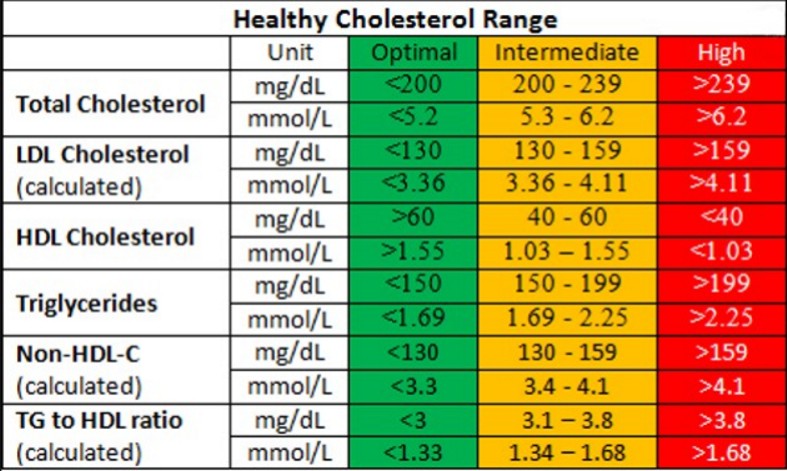 Employees
Employees
| 1 | Method for Evaluating Thrombin Concentration Based on the Data of Monitoring the Viscoelastic Properties of Native Blood in the Process of Hemocoagulation / Demkin V.P., Mel`nichuk S.V., Demkin O.V., Rudenko T.V. [et al] // Russian Physics Journal. 2022 Vol. 65, No. 7. P. 1149–1154. DOI: 10.1007/s11182-022-02744-9 | ||
| 2 | Method for assessing the thrombin concentration according to the monitoring of viscoelastic properties of native blood during hemocoagulation / Demkin V. P., Melnichuk S.V., Demkin O.V., Kotlovskaya L.Yu. [and others] // News of higher educational institutions. Physics. 2022. V. 65, No. 7. S. 79‒84. DOI: 10.17223/00213411/65/7/79 P., Melnichuk S.V., Demkin O.V., Kotlovskaya L.Yu. [and others] // News of higher educational institutions. Physics. 2022. V. 65, No. 7. S. 79‒84. DOI: 10.17223/00213411/65/7/79 | ||
| 3 | Comparative Analysis of Oculography Methods For The Diagnosis Of The Vestibular System / Zajcev V.A., Pleshkov M.O., Starkov D.N., Demkin V.P. [et al] // Russian Physics Journal. 2022 Vol. 64, No. 10. P. 1845‒1849. DOI: 10.1007/s11182-022-02525-4 | ||
| 4 | Rudenko T. V., Demkin V.P., Melnichuk S.V., Udut V.V. Restoration of the functional properties of erythrocytes // Topical issues of biological physics and chemistry. BFFH – 2021: materials of the XVI International Scientific Conference, Sevastopol, September 13-17, 2021. Sevastopol: Sevastopol State University, 2021. P. 163. V., Demkin V.P., Melnichuk S.V., Udut V.V. Restoration of the functional properties of erythrocytes // Topical issues of biological physics and chemistry. BFFH – 2021: materials of the XVI International Scientific Conference, Sevastopol, September 13-17, 2021. Sevastopol: Sevastopol State University, 2021. P. 163. | ||
| 5 | Influence of Adhesion on Measurement of Viscoelastic Characteristics of Whole Blood Using Resonant-Acoustic Method / Demkin V.P., Mel`nichuk S.V., Khoriak M.N., Udut V.V. [et al] // Russian Physics Journal. 2021 Vol. 63, No. 12. P. 2110‒2116. DOI: 10.1007/s11182-021-02280-y | ||
| 6 | Tsibulina A. O., Demkin V.P., Udut V.V., Rudenko T.V. Influence of dynamic blood viscosity on plasma hemostasis // VIII International scientific and practical conference of young scientists: biophysicists, biotechnologists, molecular biologists and virologists: collection of abstracts. Novosibirsk: IPTs NSU, 2021, pp. 185-186. O., Demkin V.P., Udut V.V., Rudenko T.V. Influence of dynamic blood viscosity on plasma hemostasis // VIII International scientific and practical conference of young scientists: biophysicists, biotechnologists, molecular biologists and virologists: collection of abstracts. Novosibirsk: IPTs NSU, 2021, pp. 185-186. | ||
| 7 | Demkin V.P., Rudenko T.V., Zhukovskaya A.A., Kotlovskaya L.Yu., Udut V.V. Analysis of the effect of shear rate on the aggregation ability of erythrocytes in the study of whole blood // VIII International scientific and practical conference of young scientists: biophysicists, biotechnologists, molecular biologists and virologists: a collection of abstracts. Novosibirsk: IPTs NGU, 2021, pp. 143-144. Novosibirsk: IPTs NGU, 2021, pp. 143-144. | ||
| 8 | Demkin V.P., Melnichuk S.V., Zavadovsky K.V., Khoryak M.N., Rudenko T.V., Suyundukova A.T., Kukartseva D.N., Tsibulina A.O., Udut V .IN. Influence of dynamic blood viscosity on the coronary blood flow of the stenotic section of the artery. Izvestiya vuzov. Physics. 2021. V. 64, No. 12. S. 172-178. | ||
| 9 | Zaitsev V.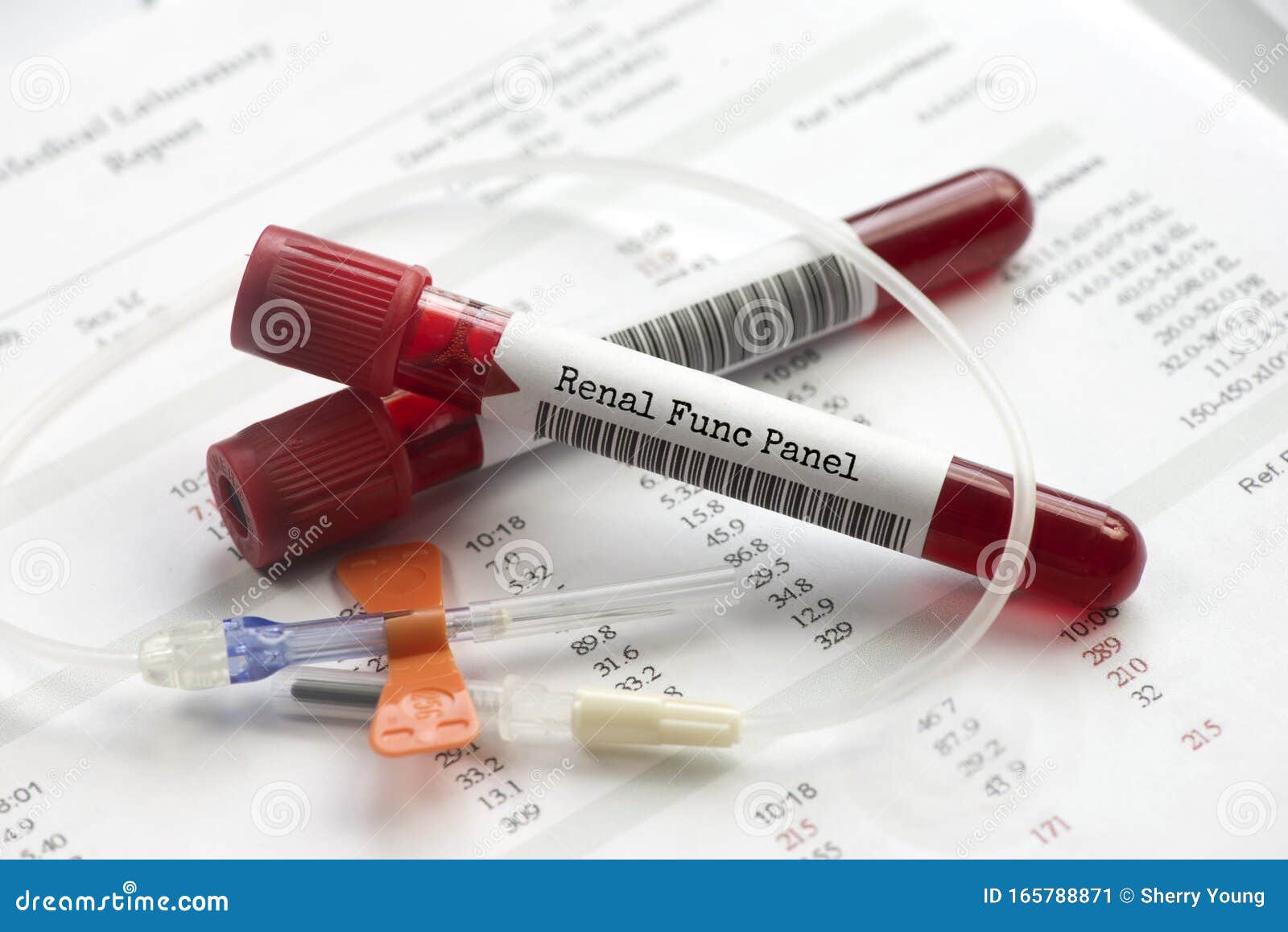 A., Pleshkov M.O., Starkov D.N., Demkin V.P., Rudenko T.V., Kingma G. Comparative analysis of oculography methods for diagnosing the vestibular apparatus // Izvestiya vuzov. Physics. 2021. V. 64, No. 10. S. 55-59. A., Pleshkov M.O., Starkov D.N., Demkin V.P., Rudenko T.V., Kingma G. Comparative analysis of oculography methods for diagnosing the vestibular apparatus // Izvestiya vuzov. Physics. 2021. V. 64, No. 10. S. 55-59. | ||
| 10 | Determination of Viscoelastic Characteristics of Whole Blood Based on the Low-Frequency Piezotromboelastography Method / Demkin V. P., Udut V. V., Mel’nichuk S. V., Rudenko T. V. [et al] // Russian Physics Journal. 2020 Vol. 62, No. 12. P. 2219‒2227. DOI: 10.1007/s11182-020-01969-w | ||
| eleven | Effect of Leakage Currents on the Formation of Electrical Pulse for the Vestibular Nerve Stimulation / Demkin V. P., Kingma H., Mel`nichuk S.V., Svetlik M.V. [et al] // Russian Physics Journal. 2020 Vol. 62, No. 12. P. 2228–2234. DOI: 10.1007/s11182-020-01970-3 P., Kingma H., Mel`nichuk S.V., Svetlik M.V. [et al] // Russian Physics Journal. 2020 Vol. 62, No. 12. P. 2228–2234. DOI: 10.1007/s11182-020-01970-3 | ||
| 12 | Investigation of the spectral patterns of the behavior of viscoelastic characteristics of whole blood under conditions of periodic shear stresses / Demkin V.P., Melnichuk S.V., Gavar A.V., Demkin O.V. [and others] // Bulletin of Experimental Biology and Medicine. 2020. Vol. 169, No. 2. P. 260‒264. | ||
| 13 | Demkin V. P., Kingma G., Melnichuk S.V., Svetlik M.V., Rudenko T.V., Akinina M.D., Suyundukova A.T. Influence of leakage currents on the formation of an electrical impulse for stimulation of the vestibular nerve // Izvestiya vuzov. Physics. 2019. T. 62, No. 12. S. 63-68. P., Kingma G., Melnichuk S.V., Svetlik M.V., Rudenko T.V., Akinina M.D., Suyundukova A.T. Influence of leakage currents on the formation of an electrical impulse for stimulation of the vestibular nerve // Izvestiya vuzov. Physics. 2019. T. 62, No. 12. S. 63-68. | ||
| 14 | Kingma H., Demkin V.P., Pleshkov M.O., Starkov D.N., Van De Berg R., Melnichuk S.V., Svetlik M.V., Rudenko T.V., Shchetinin P.P. ., Udut E.V., Demkin O.V., Akinina M.D., Suyundukova A.T. Vestibular implant: from idea to practice. Tomsk: Publishing House Vol. university, 2019. 160 p. | ||
| 15 | Kotlovskaya L.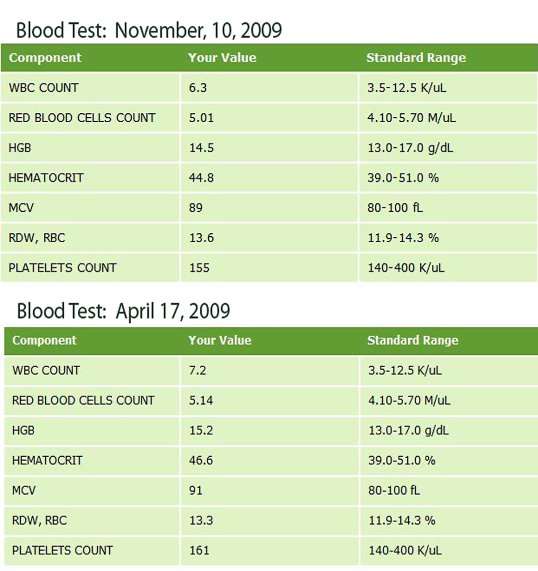 Y., Tyutrin I.I., Kingma Khermanus, Udut E.V., Rudenko T.V., Fisenko V.P., Udut V.V. Hemostatic Potential in Hypertension as a BasisPersonificated Antitrimbotic Prevention andTherapy Technology //Online journal of cardiovascular research. 2019. Vol. 2, No. 3. P. 1-6. URL: https://irispublishers.com/ojcr/pdf/OJCR.MS.ID.000540.pdf (date of access: 12/27/2019). Y., Tyutrin I.I., Kingma Khermanus, Udut E.V., Rudenko T.V., Fisenko V.P., Udut V.V. Hemostatic Potential in Hypertension as a BasisPersonificated Antitrimbotic Prevention andTherapy Technology //Online journal of cardiovascular research. 2019. Vol. 2, No. 3. P. 1-6. URL: https://irispublishers.com/ojcr/pdf/OJCR.MS.ID.000540.pdf (date of access: 12/27/2019). | ||
| 16 | Demkin V.P., Melnichuk S.V., Udut V.V., Tyutrin I.I., Rudenko T.V., Krinitsyna D.B. Determination of viscoelastic characteristics of whole blood based on the method of low-frequency piezothromboelastography // Izvestiya vuzov. Physics. 2019. V. 62, No. 12. S. 55-62.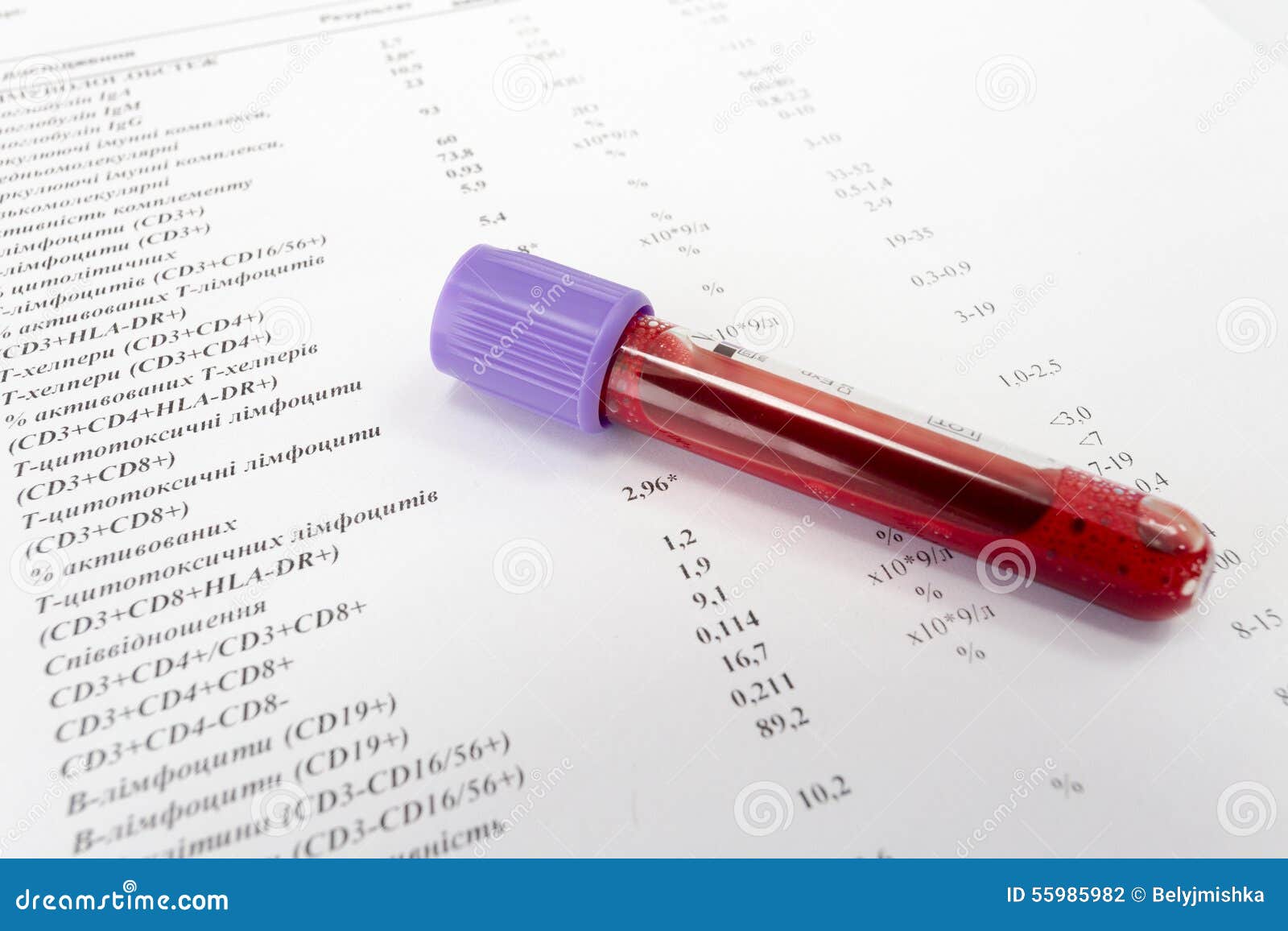 | ||
| 17 | Investigation of the viscoelastic characteristics of a liquid by low-frequency piezoelastography / Demkin V.P., Melnichuk S.V., Rudenko T.V., Udut V.V. [and others] // Bulletin of Experimental Biology and Medicine. 2019. V. 168, No. 9. S. 391–396. | ||
| 18 | Combined real-time information technologies and their application in the system of vocational and general education: a teaching aid / compiled by: Assessor V. S., Rudenko T.V., Yakupov D.F. Tomsk: TSU Publishing House, 2017. 36 p. S., Rudenko T.V., Yakupov D.F. Tomsk: TSU Publishing House, 2017. 36 p. | ||
| 19 | Research methods in education: a teaching aid on the course “Research methods in education” for students of the Faculty of Physics of the direction of training 03.04.02 – Physics / compiled by: Rudenko T.V. Tomsk: TSU Publishing House, 2017. 166 p. | ||
| 20 | Demkin V. |

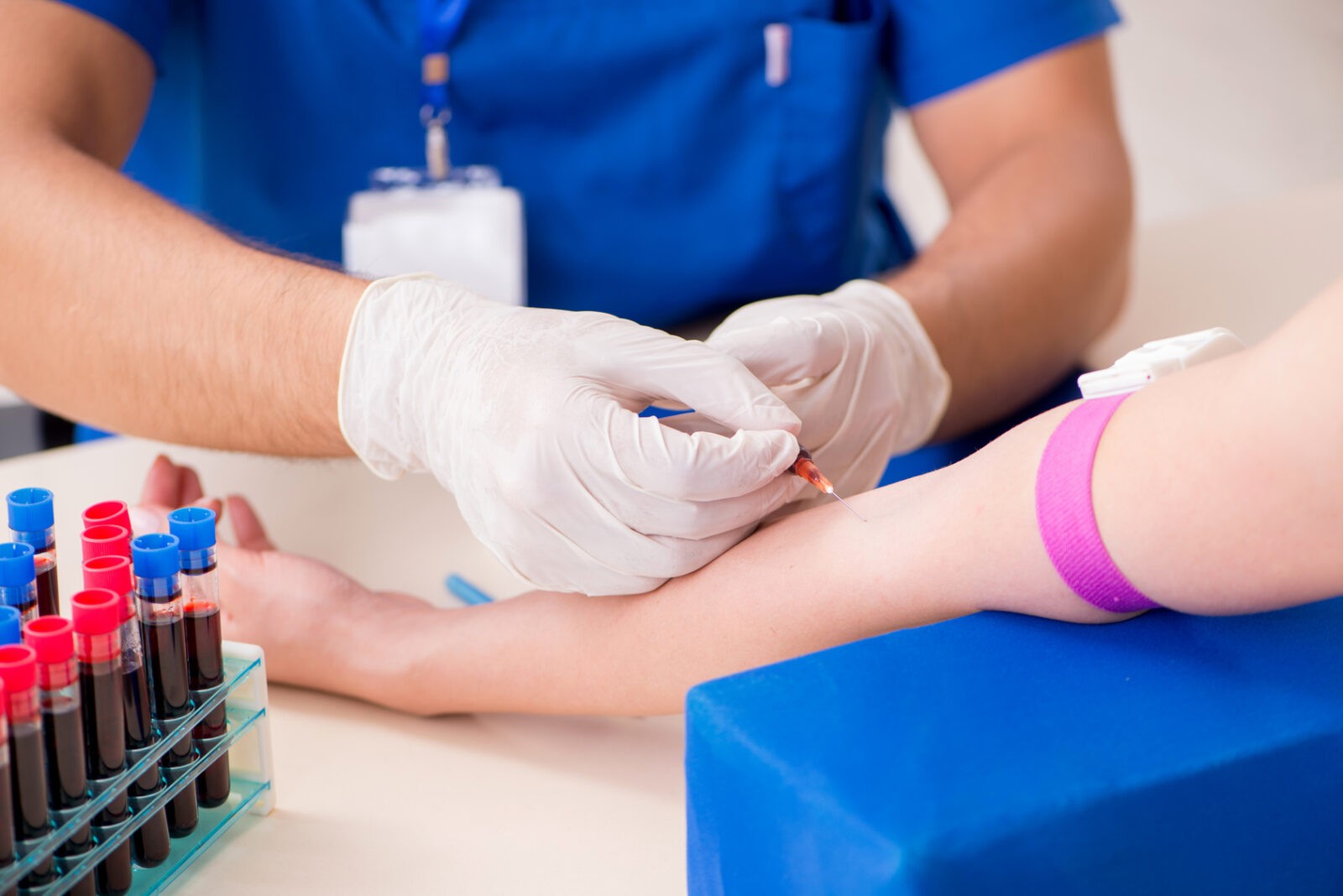 Available from: https://ccforum.biomedcentral.com/articles/10.1186/cc1843
Available from: https://ccforum.biomedcentral.com/articles/10.1186/cc1843 Mayo Foundation for Medical Education and Research; c1995–2022. Test ID: PCT: Procalcitonin, Serum; [cited 2022 Apr 19]; [about 3 screens].Available from: https://www.mayocliniclabs.com/test-catalog/overview/83169#Clinical-and-Interpretive
Mayo Foundation for Medical Education and Research; c1995–2022. Test ID: PCT: Procalcitonin, Serum; [cited 2022 Apr 19]; [about 3 screens].Available from: https://www.mayocliniclabs.com/test-catalog/overview/83169#Clinical-and-Interpretive Bethesda (MD): U.S. Department of Health and Human Services; Blood Tests; [updated 2022 Mar 24; cited 2022 Apr 19]; [about 7 screens]. Available from: https://www.nhlbi.nih.gov/health/blood-tests
Bethesda (MD): U.S. Department of Health and Human Services; Blood Tests; [updated 2022 Mar 24; cited 2022 Apr 19]; [about 7 screens]. Available from: https://www.nhlbi.nih.gov/health/blood-tests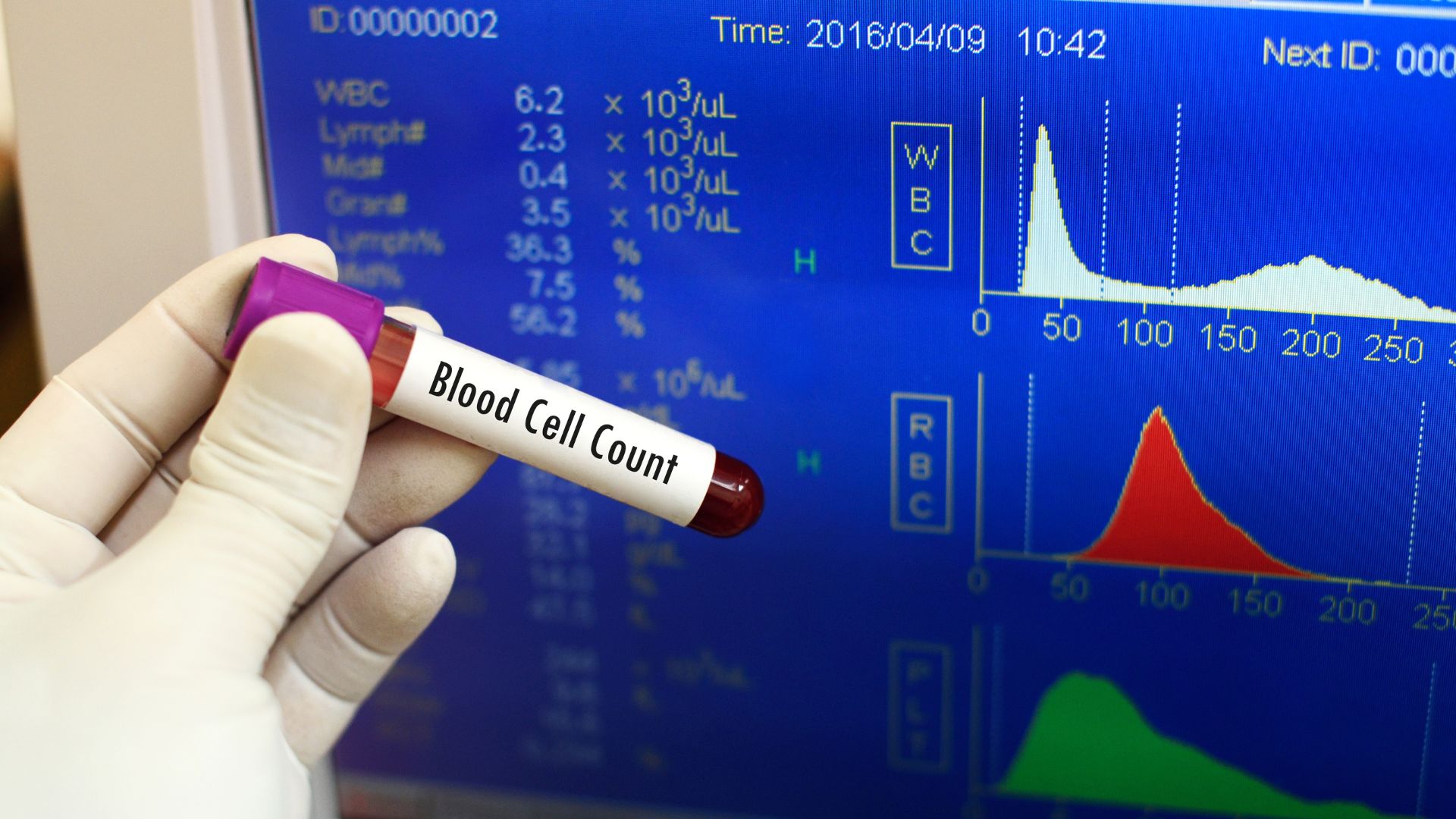 46
46 0 3
0 3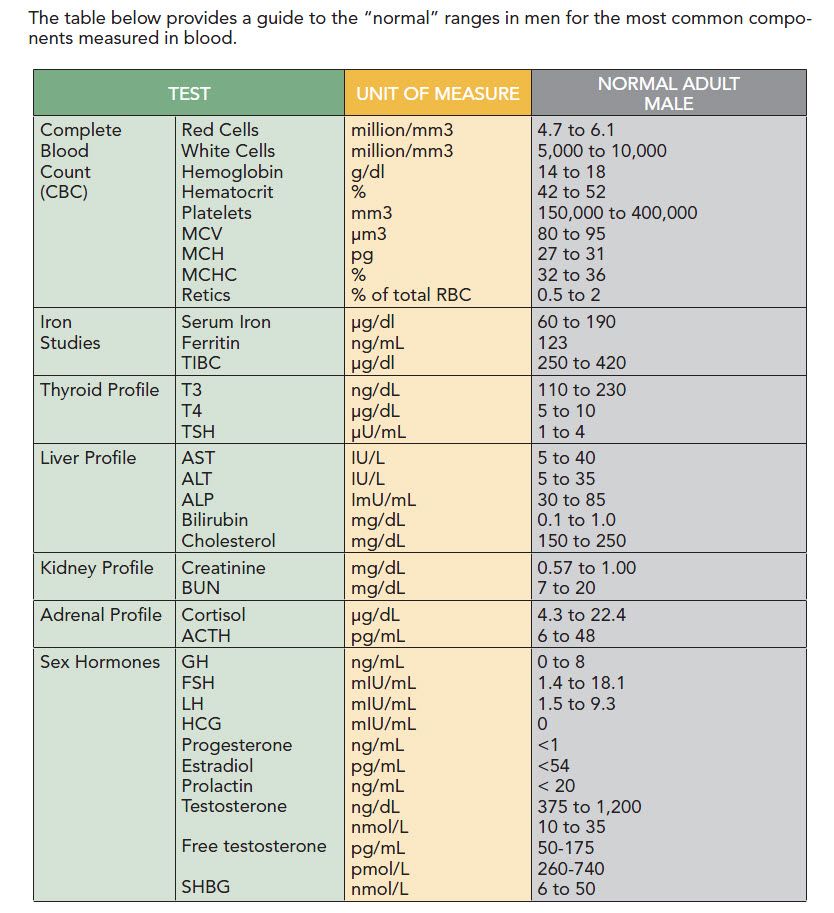 13
13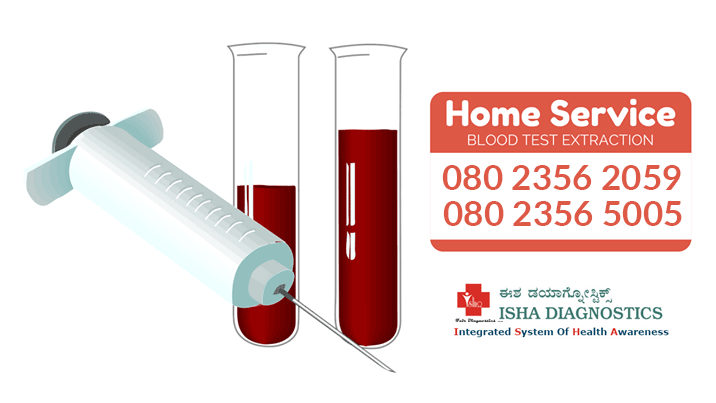
 53
53 93
93 16
16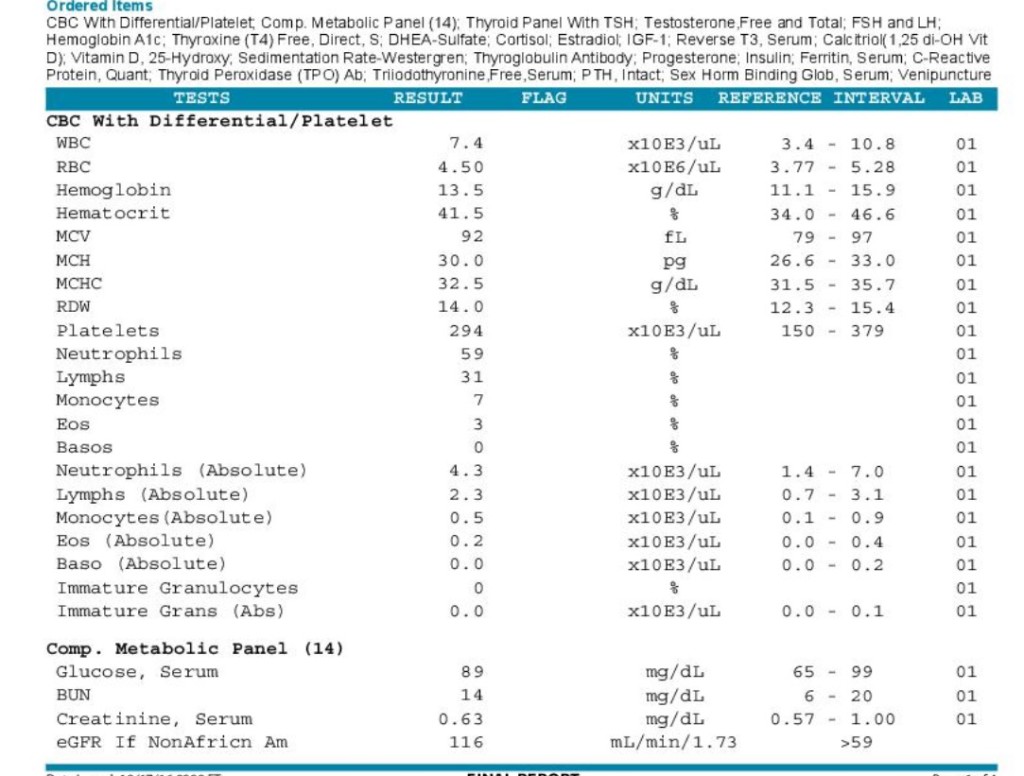
 53
53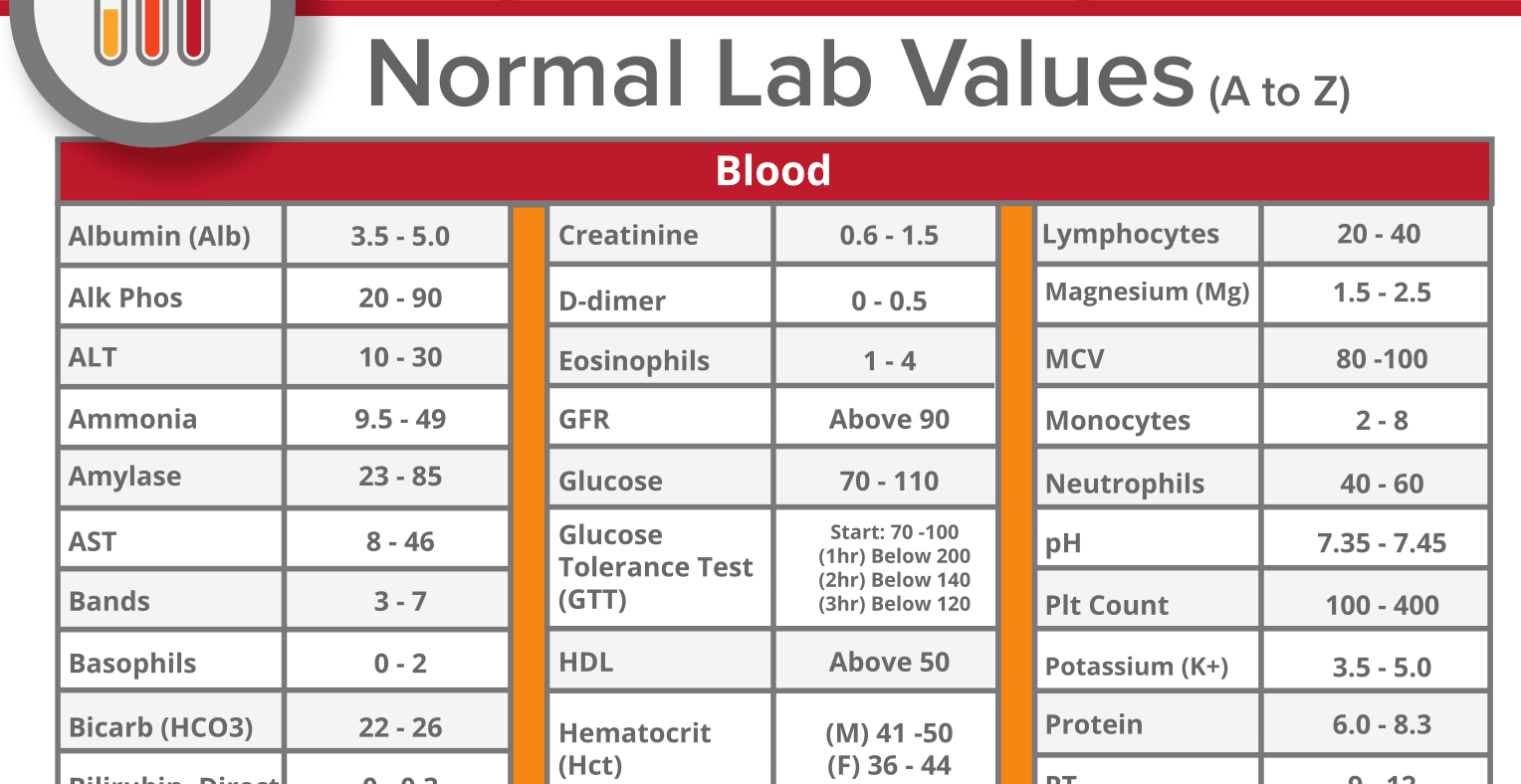 18
18 42
42 16
16 60
60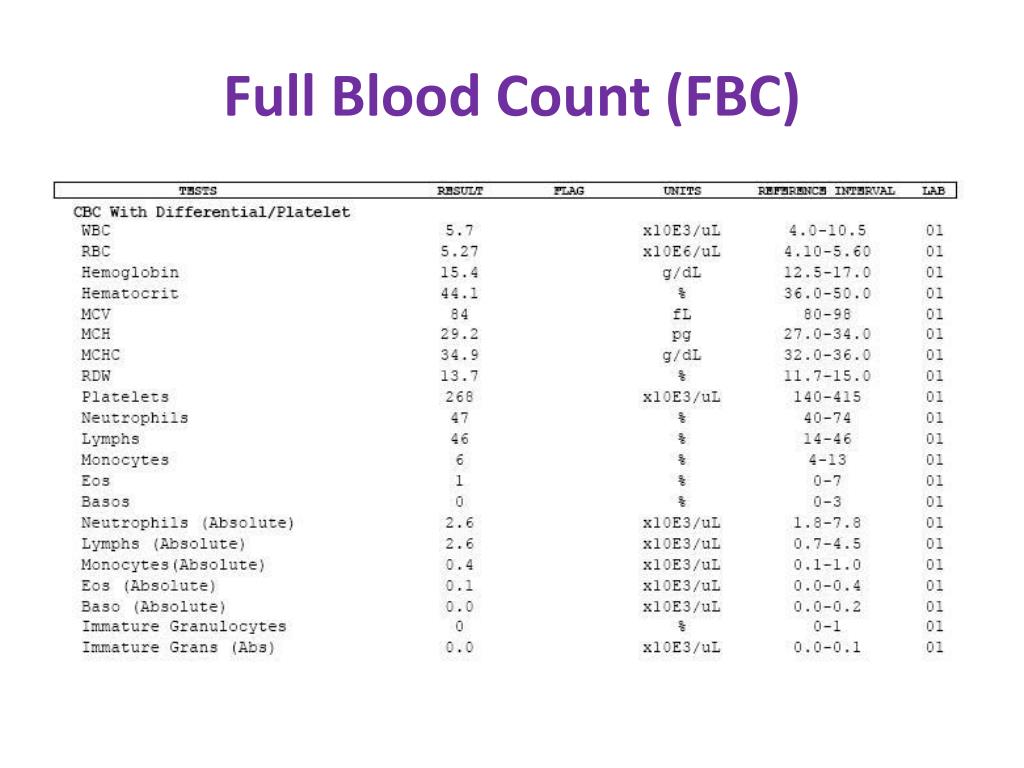 09
09 02
02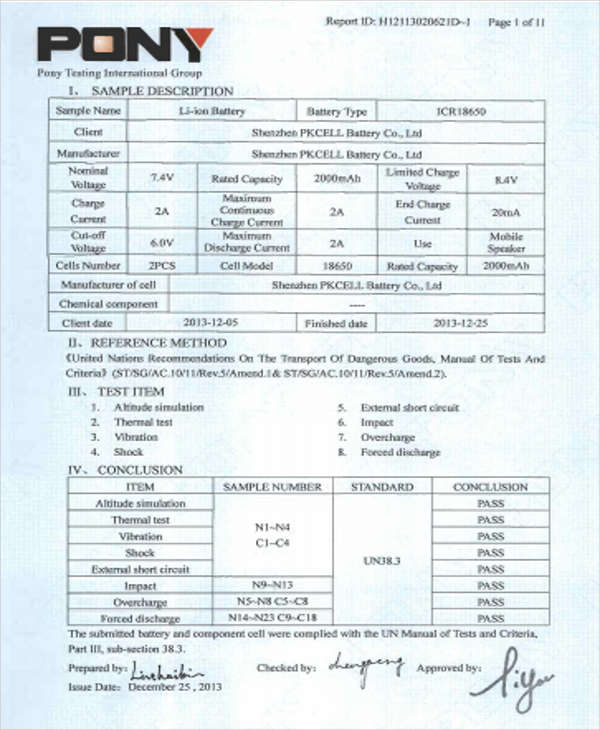 80
80 57
57